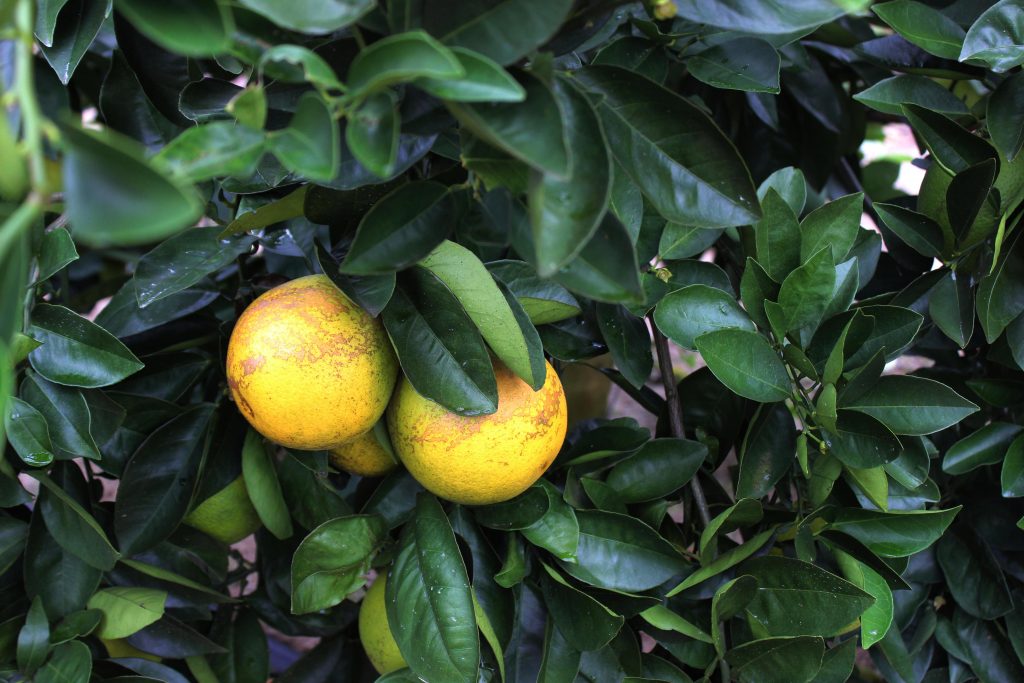
Florida citrus production has decreased for almost two decades. According to Marisa Zansler, director of economic and market research at the Florida Department of Citrus, the two main factors for the state’s steady decline are citrus greening (huanglongbing, known as HLB) and Hurricane Irma.
Staggering Statistics
Zansler presented staggering statistics during the Florida Agricultural Policy Outlook Conference on Feb. 26 that showed how production has decreased since 2003–04. It was the season before citrus greening emerged as a threat to the state’s citrus industry.
Florida is projected to produce 56 million boxes of oranges this season, which would be the state’s second smallest citrus output in the last 20 years.
“Florida citrus production is projected to decrease 18.5% compared to last season. That’s largely due to an increase in fruit drop this season. This could very well be a lingering effect from Hurricane Irma back in September 2017 just as harvesting of the crop was set to commence,” Zansler said.
Fruit Drop
According to the University of Florida Institute of Food and Agricultural Sciences, postbloom fruit drop affects all cultivars of citrus but cases can be severe depending on bloom emergence in relation to rainfall. Navel and Valencia oranges experience the most damage because they can have multiple blooms.
Due to Hurricane Irma’s impact, Florida’s 2017–2018 citrus season yielded the smallest orange output at around 45 million boxes. To put that into context, the season before HLB took a stranglehold on the state’s citrus industry, Florida produced 242 million boxes of oranges.
“Orange production right now, which accounts for 91% of Florida’s certified citrus production or is projected to exceed 90% this season, is estimated to decline nearly 20%,” Zansler said. “Florida production of oranges today at 56 million boxes (the USDA forecast for February) is actually less than a quarter of what it was back in the 2003–04 season.”









